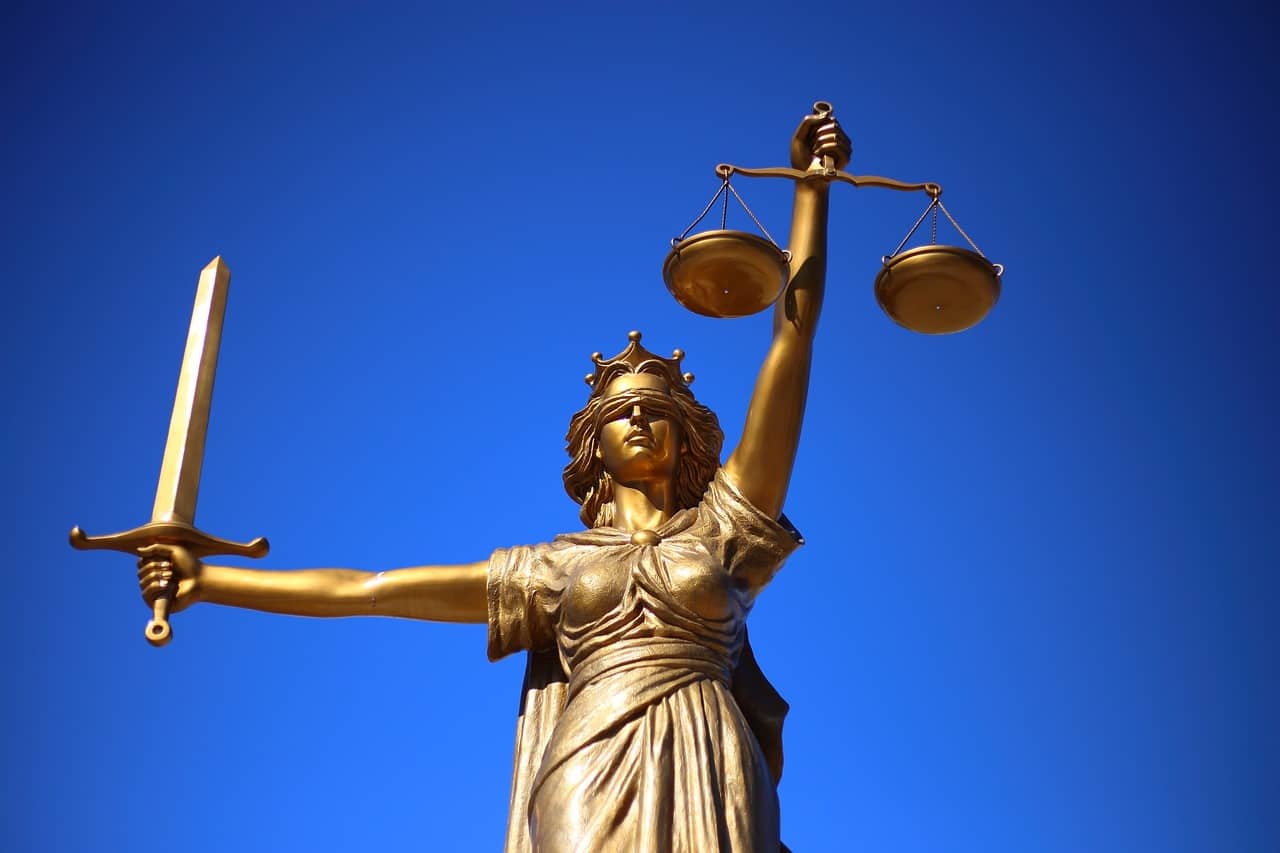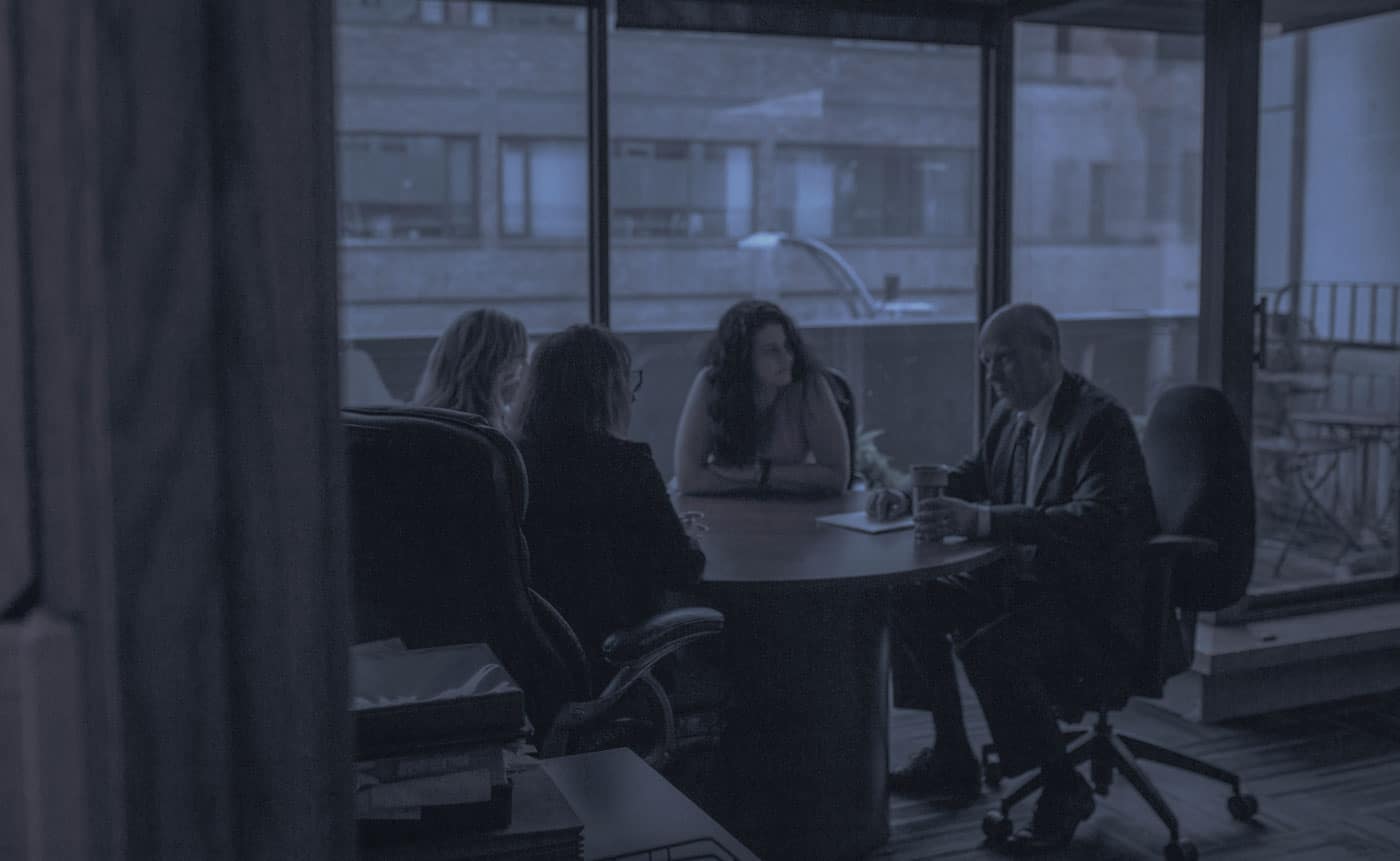What our clients say:
Jon (A.C. Stewart) and his firm are a fine tuned machine that processes legal disputes through the court system and gets a resolution according to the law. I was very fortunate to find Jon and his firm and am grateful for the help he got my children and family.
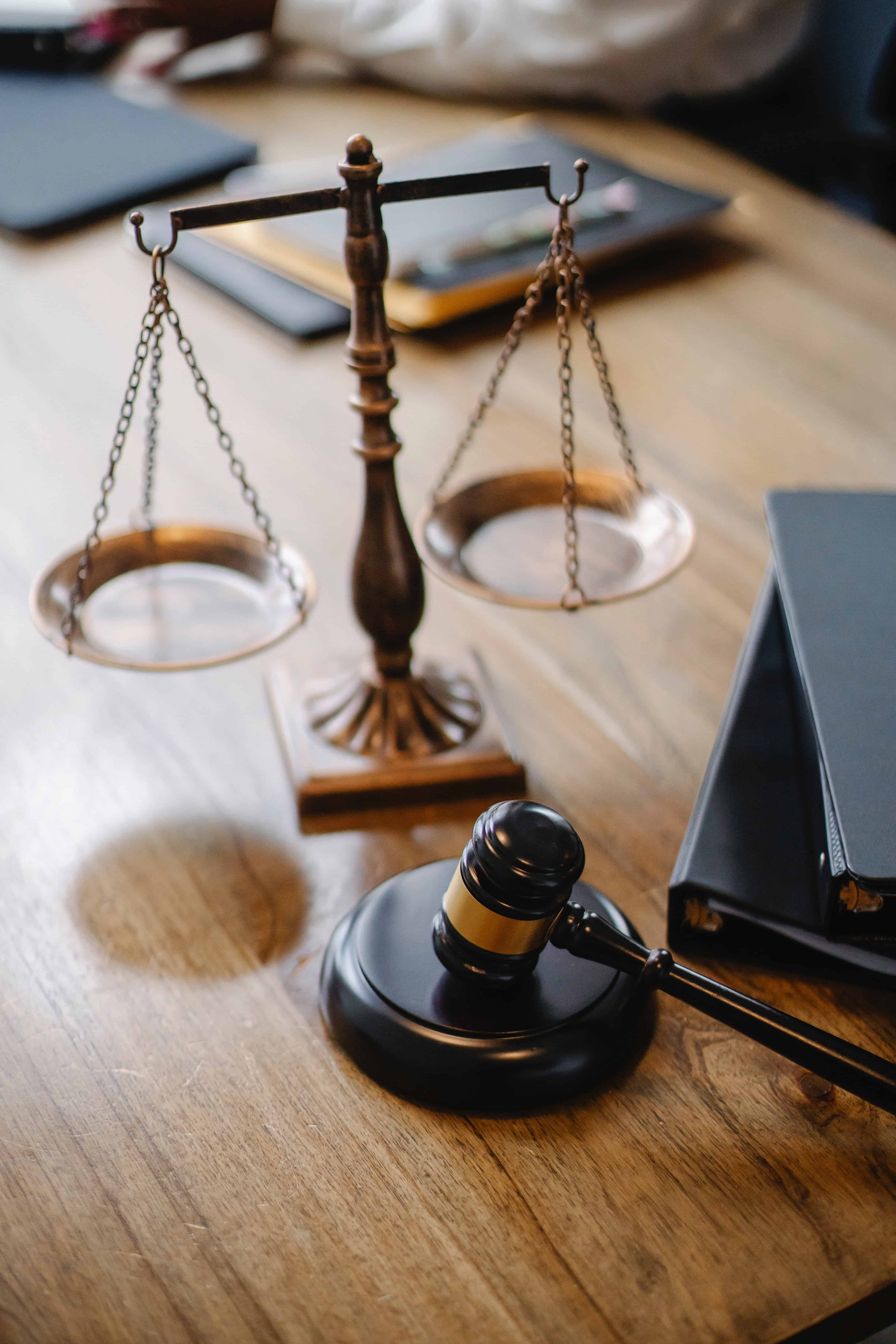
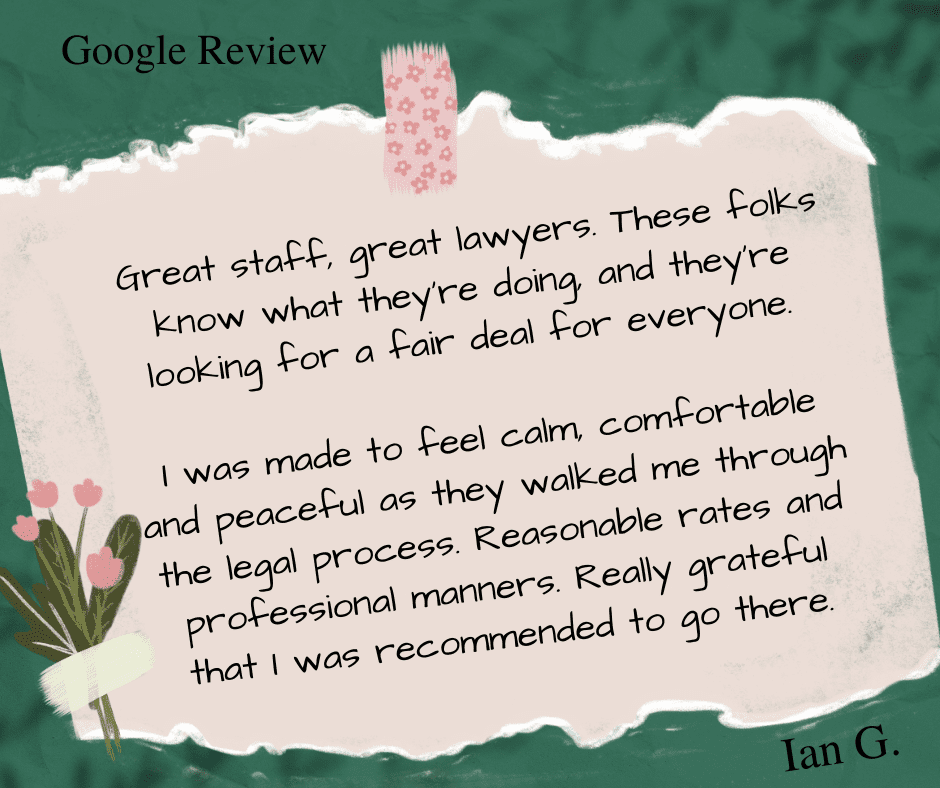
Introduction
If you are suing someone (or are being sued) for the first time, you may have wondered how it all proceeds from claim to trial. We wanted to save you from unnecessary stress, so we put together a general explanation of the process.
Litigation is the process of bringing disputes to court to resolve them by either a judge or jury. However, keep in mind that in B.C. and Canada, more generally, litigation is not the only mechanism for resolving disputes between private parties.
There are alternatives to court, such as mediation, arbitration, and negotiation. But before we go deeper into the stages of the trial process, let us clarify the difference between civil and criminal trials.
The primary difference between the two is that a civil trial is between two private parties (including corporations, which are classified as private parties), while a criminal trial is between a private party and the Crown. The Crown has the power to take away a person’s liberty (in accordance with the Charter of Rights), which in turn means that different procedures and standards of proof are involved in criminal trials. This article will only focus on civil trials, where the penalties are primarily monetary damages.
Level of court
Civil cases can be started in either the Civil Resolution Tribunal, Provincial Court (Small Claims), or the Supreme Court of British Columbia. Your choice of court may be dependent on the amount of damages you are seeking, the complexity of the case, and the cost. In this article, the discussion will focus on proceedings in the Supreme Court of British Columbia.
Starting documents and parties
The BC Supreme Court Rules dictate the correct procedure to use to start a proceeding. Most cases start with a notice of civil claim, but some cases begin with documents called a petition or requisition. Some limited cases start with a petition or requisition, including those relating to an interest in land, the interpretation of a will, and legal disability, while all other cases start with a notice of civil claim. These documents, and the responses to these documents, are called pleadings.
For a notice of civil claim, the party who starts the proceeding is called the plaintiff, and the party who defends the proceeding is called the defendant. When the case begins with a petition, the party who starts the proceeding is called the petitioner, while the party who defends it is called the petition’s respondent. Please note that the above description corresponds to a basic lawsuit. More complex suits can occur between parties, for example, a counterclaim or a third-party claim.
Process for proceedings commenced by notice of civil claim
- The plaintiff starts the action by filing and serving a notice of civil claim. The general rule is that a plaintiff must serve a notice of civil claim on the defendant within 12 months of filing it in the court registry.
- The defendant must then file and serve a response on the plaintiff within 21 days of being served with the notice of civil claim if they were served in Canada. The Supreme Court Civil Rules establish longer timeframes if the defendant was served in the United States or somewhere else.
- The defendant may decide to file and serve a counterclaim on the plaintiff during the response period.
- If the defendant files such a counterclaim, the plaintiff must file and serve a response to the counterclaim.
- Either party may choose to resolve the dispute via fast-track litigation by filing and serving a notice of fast-track action on the other party (discussed below).
- If neither party files and serves a notice of fast-track action, the proceeding will continue as a regular trial and the plaintiff and defendant will start the discovery process (discussed below).
- Either party may request a Case Planning Conference (“CPC”) by filing a notice of the case planning conference. At a CPC, the parties come together with a judge to discuss how the case will proceed. The judge will make a case plan order, which may address things including dispute resolution options and dates for deadlines for the exchange of documents.
- Both the plaintiff and defendant will prepare for the trial by setting the trial date, preparing their arguments, consulting any expert witnesses, and preparing their evidence.
- The parties will attend the trial itself, and at the end, the judge will give a judgment and award any costs.
If necessary, either the plaintiff or defendant may apply for an appeal of the judgment.
Process for proceedings commenced by petition
A petition is usually used in cases where the facts are not in serious dispute so they can be determined by a judge reading the evidence set out in affidavits.
The overall process is similar to that of a notice of civil claim, with some notable differences:
The petitioner will prepare a petition along with a sworn affidavit setting out the facts. The petitioner will then serve the petition and any supporting affidavits on all persons whose interests may be affected by the order being sought, within 12 months of filing in the court registry.
A person who has been served with a petition may file and serve a response to the petition and supporting affidavit on the petitioner. If they were served in Canada, they must do so within 21 days of being served. The Supreme Court Civil Rules establish longer timeframes if the petition respondent was served in the United States or somewhere else.
The petitioner will set a petition down for hearing by filing a notice of hearing and serving it on each petition respondent, at least 7 days before the date set for hearing.
Both parties will prepare for the hearing to take place in court. The preparation for the hearing involves different procedures than those for a traditional trial.
Both parties will attend court for the hearing and receive a judgment.
The discovery process
Discovery of documents. One of the first things the parties do is disclose to the other side all of the documents that could be used to prove or disprove a material fact. These documents must be listed and made available for the other side to examine.
Examination for discovery. The examination for discovery is when one party asks the other party questions under oath about the issues in dispute. This is a useful tool to understand the other side’s version of the facts. The examination for discovery takes place in the presence of a court reporter, and the transcript may be used at trial.
During this phase, a set of written questions are given to the other party, who must answer them in writing. Note that this step can only be done by consent or with the court’s permission.
Pre-trial examinations of witnesses. Here, witnesses are questioned about the facts of the case. According to court procedure, this step can only occur if the witness has material evidence relating to the case. Also, this witness cannot be a party to the action.
When the case begins with a petition, the party who starts the proceeding is called the petitioner, while the party who defends it is called the petition’s respondent.

Our clients say:
“Tyler Luchies has been an incredible lawyer for many different situations. Thank you!!!”
Fast-track litigation
This is a shorter, quicker, and more efficient form of litigation that can be used if the action was started by a notice of civil claim. The steps used in fast-track litigation are similar to those seen in traditional litigation. However, there are fewer procedural hurdles, because it is a process designed to save the parties time and money.
Fast-track litigation only applies to actions where the monetary damages being claimed are $100,000 or less, if the action needs no more than three days of trial, or if the parties to the action consent.
Settlement
Most lawsuits are resolved before getting to trial. The most common way to resolve a claim is to come to a negotiated agreement with the other side. However, if no agreement is reached, the matter may go to trial.
At Trial
At trial, you will have an opportunity to have your case heard by a judge and perhaps a jury. Typically, all evidence in a trial is given by live witnesses. A trial normally proceeds as follows:
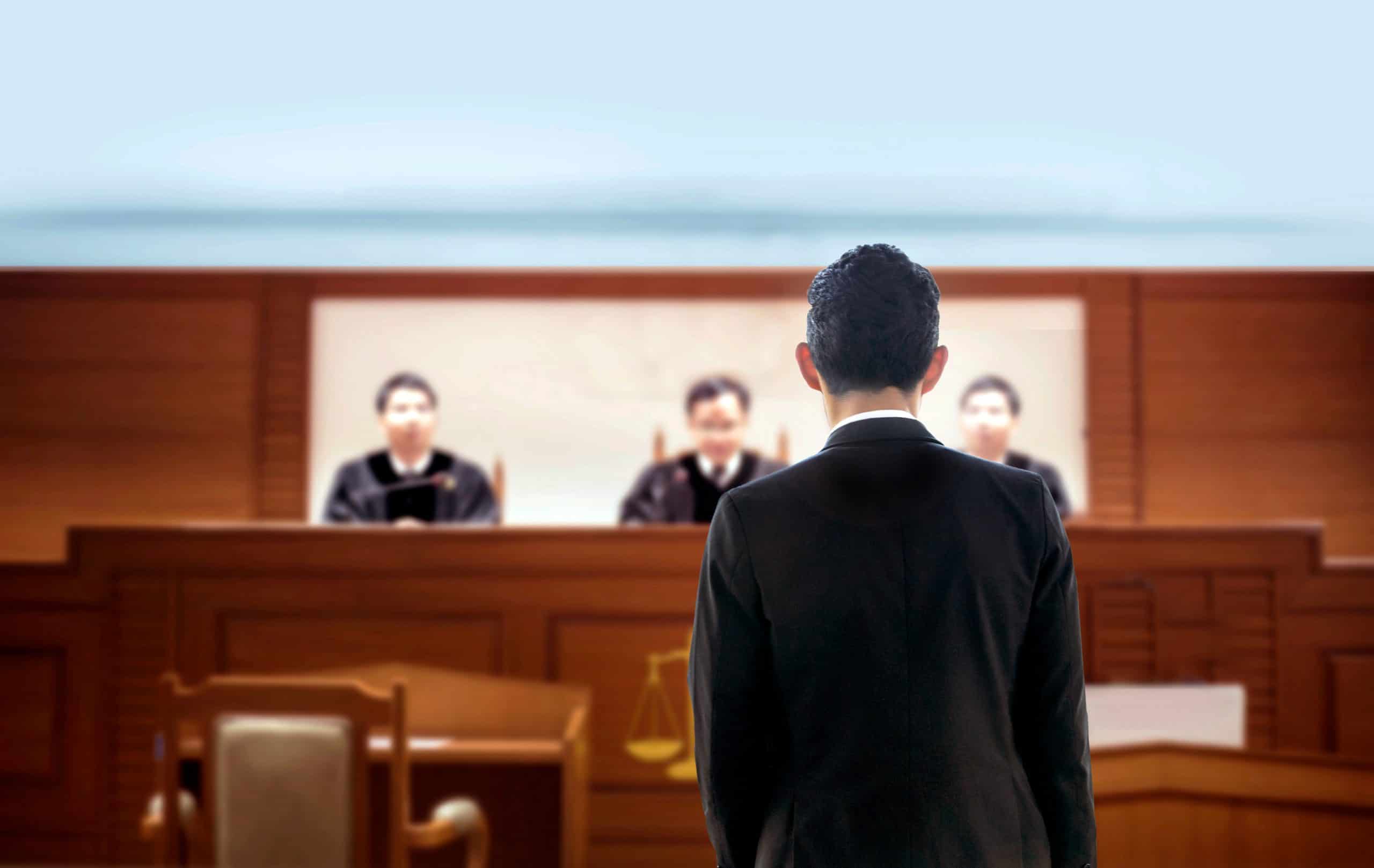
- The plaintiff gives an opening statement, outlining to the judge the factual basis of their claim.
- The plaintiff calls their witnesses, and they give their evidence. Then, the plaintiff’s witnesses are cross-examined by the defendant and re-examined by the plaintiff if necessary.
- The defendant gives their opening statement, explaining what their evidence will show,
- The defendant calls their witnesses, and they give their evidence. Then, the defendant’s witnesses are cross-examined by the plaintiff and re-examined by the defendant if necessary.
- The plaintiff may call rebuttal witnesses to testify on issues that came up for the first time in the evidence of the defendant’s witnesses.
- The plaintiff argues their case, what their evidence means, and how it relates to relevant case law.
- The defendant argues the same for their case.
- In some complex cases, the parties may provide written arguments to the court.
- After the arguments are complete, the judge may give their decision right away, or they may reserve their judgment to be provided in writing at a later date. The judge may also make an order relating to costs.
Conclusion
Going to court and having a trial is one of many processes used to resolve disputes between private parties. This article focused on civil litigation, which can be contrasted with a criminal trial (where the Crown is one of the parties and can imprison the defendant). In civil trials, imprisonment is not possible, but monetary damages are usually awarded if the claim is successful.
In BC, the vast majority of court proceedings are started with a notice of civil claim, but in some circumstances, they may also be started by a petition or a requisition. The overarching procedures for starting a proceeding with a notice of civil claim and petition are similar; however, they do have some notable differences.
A proceeding started by a notice of civil claim has the advantage of the discovery process, which is the mechanism whereby parties ask questions of each other under oath and exchange evidence to discover the other side’s version of the facts.
If a settlement is not reached between the parties, they may resort to traditional litigation. Should their claim be $100,00 or less, they can use fast-track litigation.
After reading this article, you can rightly see why deciding whether litigation is the right option for you is best determined with the help of a lawyer and getting the appropriate advice. Give us a call, and we will be pleased to assess the details of your case. Ph: 250-381-4040.
Many thanks to you, Danni. You were one of the few people who guided me through some very dark and trying days.
I couldn’t imagine using any other law firm.
Danni, being smart and keeping calm are two key things. The third is, you don’t drop the ball.
Tyler Luchies has been an incredible lawyer for many different situations. Thank you!!!
There is a special place in heaven for you. Thanks for getting me to the finish line.
You all will always be a big part of my life.
She was always available to listen to my questions and concerns and was able to explain and reassure with a caring professionalism.
Jim Legh is funny and makes relief from stressful situations.

